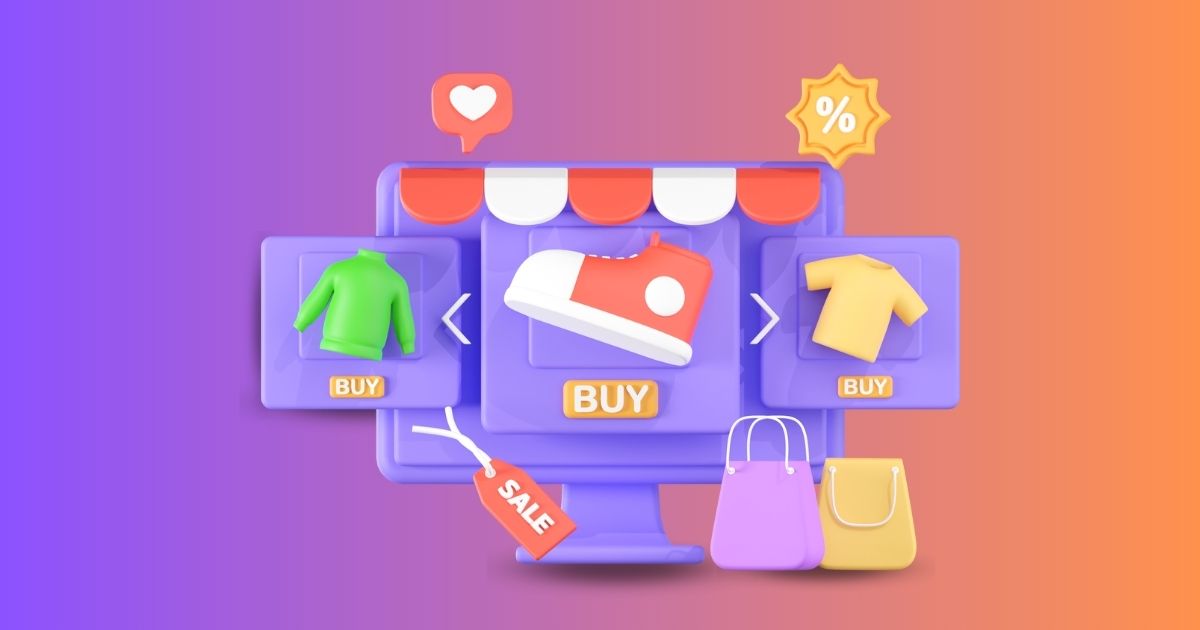
If you’re looking to take your sales game to the next level, you may want to try a game-changing technique that can help you achieve just that: behavioral retargeting.
It’s a nifty marketing technique that enables businesses to reinforce value propositions, provide customized messaging, and maintain a consistent brand image. By tracking their online behavior, businesses can create personalized and targeted ads that follow these potential customers around the internet, gently nudging them to come back and seal the deal. Now, you might be wondering: why is this strategy so effective? The answer lies in human psychology.
This article will discuss behavioral retargeting in action and how you can use it to rake in sales. Let’s jump right in!
What is Behavioral Retargeting?

Behavioral retargeting, also known as remarketing or retargeting, is a strategy that enables businesses to target individuals who have shown interest in their products or services but haven’t taken the desired action, such as making a purchase or filling out a form.
It works by tracking the online behavior of users through various means, like website visits, clicks, and interactions. For instance, when you visit a website, a small piece of code called a pixel is placed on your browser. This pixel quietly observes your actions and collects data, such as the pages you visit, the products you view, and the actions you take or don’t take. This information is then used to create a profile or “behavioral footprint” of your interests and preferences. Now, armed with this valuable insight, businesses can retarget you with customized ads across different online platforms.
By targeting individuals who have already shown some level of interest, businesses can increase their chances of conversion and maximize their return on investment.
How Does Behavioral Retargeting Work?
Psychology plays a crucial role in behavioral advertising by understanding and influencing user behavior. Here are a few ways remarketing works and examples you can emulate to rake in sales:
- Attention and Memory. By monitoring user behavior, retargeting systems can identify what users pay attention to and remember. This information helps marketers determine which products or services to highlight in retargeted ads, ensuring they align with the user’s interests and needs.
How to apply it: This sponsored post on Facebook might remind you of your goal to shed a few pounds before an event you’ve been preparing for:
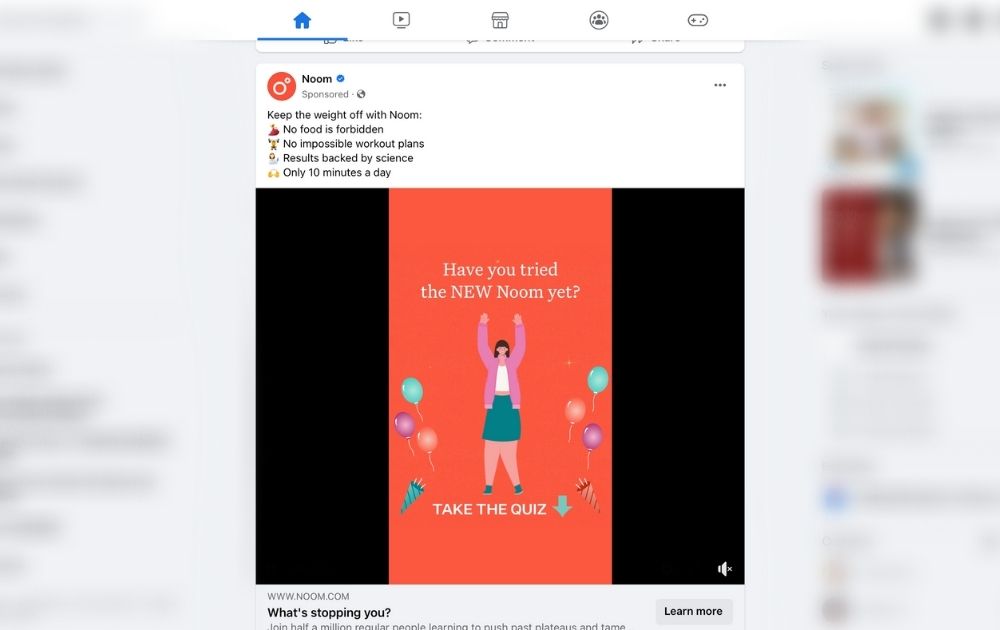
- Cognitive Bias. Behavioral retargeting can exploit various cognitive biases that affect human decision-making. For example, the scarcity bias can be utilized by showing limited-time offers or displaying low stock availability, creating a sense of urgency and encouraging users to make a purchase.
How to apply it: This product page tells prospects it’s on sale for a limited time. Marketers also use the same concept for remarketing campaigns.
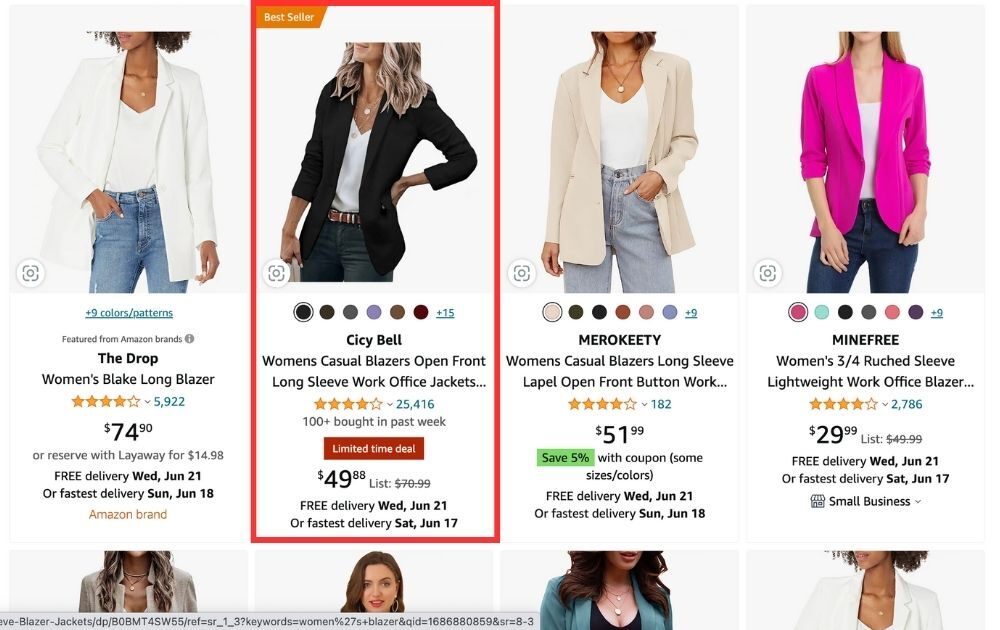
- Personalization and Relevance. One of the key aspects of behavioral retargeting is delivering personalized ads based on user behavior. By tailoring advertisements to individual preferences, marketers can increase their relevance and create a sense of familiarity. Personalized ads often tap into psychological factors such as the need for recognition, belonging, and self-expression.
How to apply it: The example below is one of those remarketing ads that show the viewer carousel options for products they might be interested in.
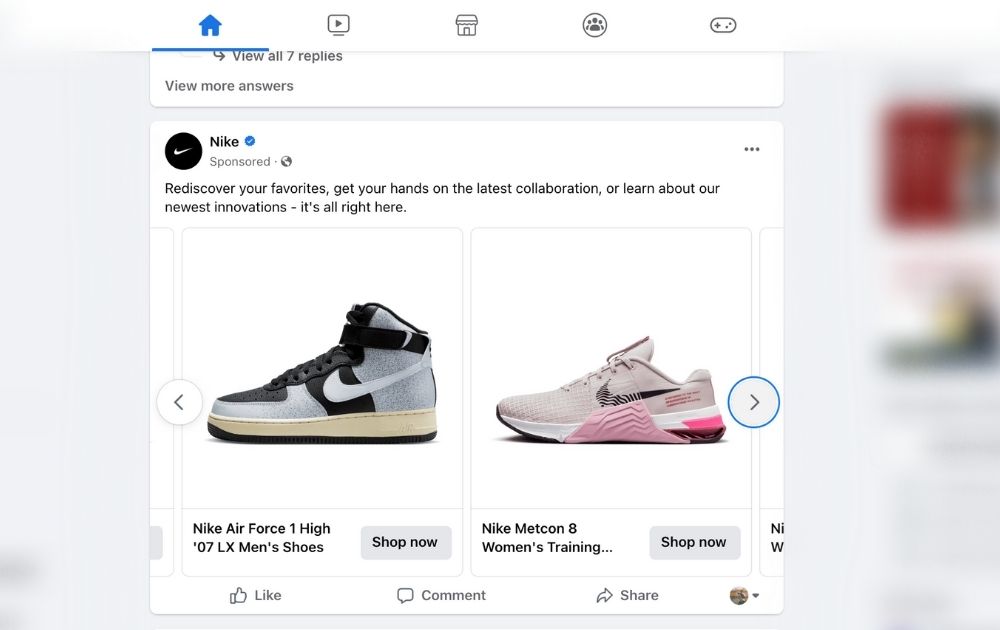
- Conditioning and Familiarity. By consistently displaying ads to users who have shown interest in a particular product or website, marketers can strengthen the association between the user’s desires and the advertised offerings, potentially increasing the likelihood of a conversion.
How to apply it: The example below could serve as a last nudge to convince you to try intermittent fasting after being exposed to the concept consistently:
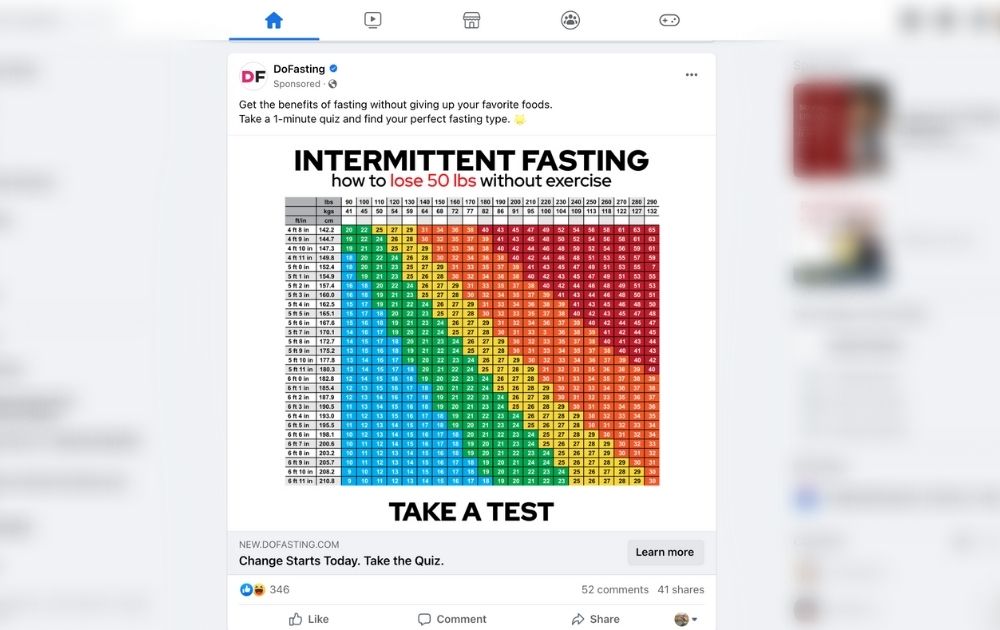
Behavioral Retargeting and Privacy Issues

Remarketing can help beef up your sales, but there’s a caveat.
While behavioral targeting can be an effective marketing strategy, it also raises privacy concerns. Here are some key privacy issues you need to be mindful of:
- User Consent and Transparency. Privacy concerns arise when users are unaware of or do not fully understand the data collection and tracking practices involved in behavioral retargeting. It is crucial for businesses to provide clear and transparent information about their data collection practices, obtain appropriate user consent, and offer users control over their personal information.
- Data Security and Protection. The vast amount of user data collected in behavioral retargeting campaigns raises concerns about data security and protection. Businesses must ensure that they have robust security measures in place to protect user data from unauthorized access, breaches, or misuse.
- Third-Party Sharing. Behavioral retargeting often involves sharing user data with third-party advertising networks or platforms. This can lead to concerns about how these third parties handle, store, and use user data. Businesses should carefully evaluate their partners’ privacy policies and practices and ensure appropriate data-sharing agreements are in place.
Behavioral Retargeting Tips

Here are a few helpful tips for a successful behavioral retargeting campaign:
- Divide your retargeting audience into specific segments based on their behavior and interests. This segmentation allows you to create more personalized and targeted ads that resonate with each segment’s specific needs and preferences.
- Avoid overwhelming your audience with excessive ad impressions. Set frequency caps to control the number of times users see your retargeting ads within a given time period. This helps maintain ad relevance and prevents ad fatigue while respecting user experience.
- Utilize dynamic ad creative to deliver personalized and relevant messaging to your audience. Show them the products they previously viewed or suggest similar items they might be interested in. Dynamic ads increase engagement and drive higher conversion rates.
- Address privacy concerns by being transparent about your data collection practices. Clearly communicate your privacy policy, obtain user consent, and provide opt-out options. Respect user preferences and ensure their data is handled securely and in compliance with privacy regulations.
- Invest in visually appealing and professionally designed ad creatives. Attention-grabbing visuals, clear messaging, and a cohesive brand identity make your retargeting ads more memorable and increase their impact. Good graphic design enhances engagement and encourages users to take the desired action. Need help with your remarketing visuals? Sign up with Penji today, and get unlimited graphic design for a flat monthly rate.
About the author

Carla Deña
Carla is a journalist and content writer who produces stories for both digital and legacy media. She is passionate about creativity, innovation, and helping small businesses explore solutions that drive growth and social impact.










